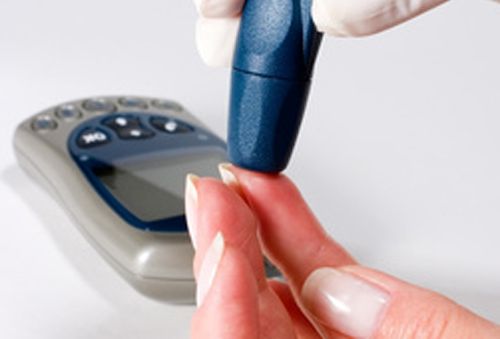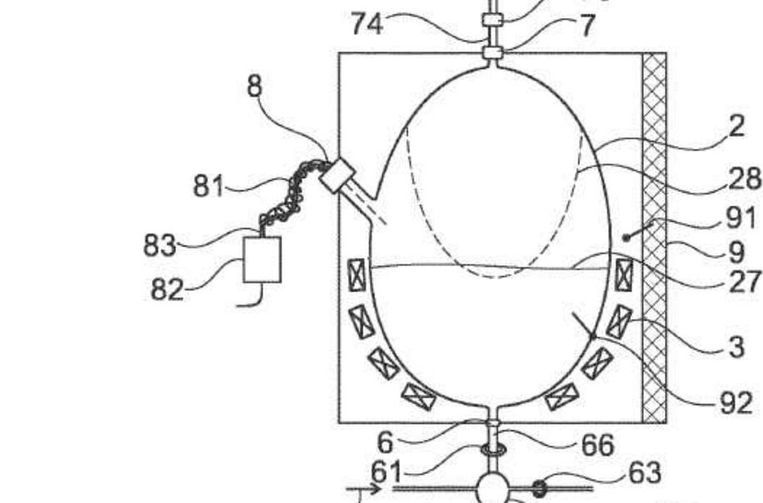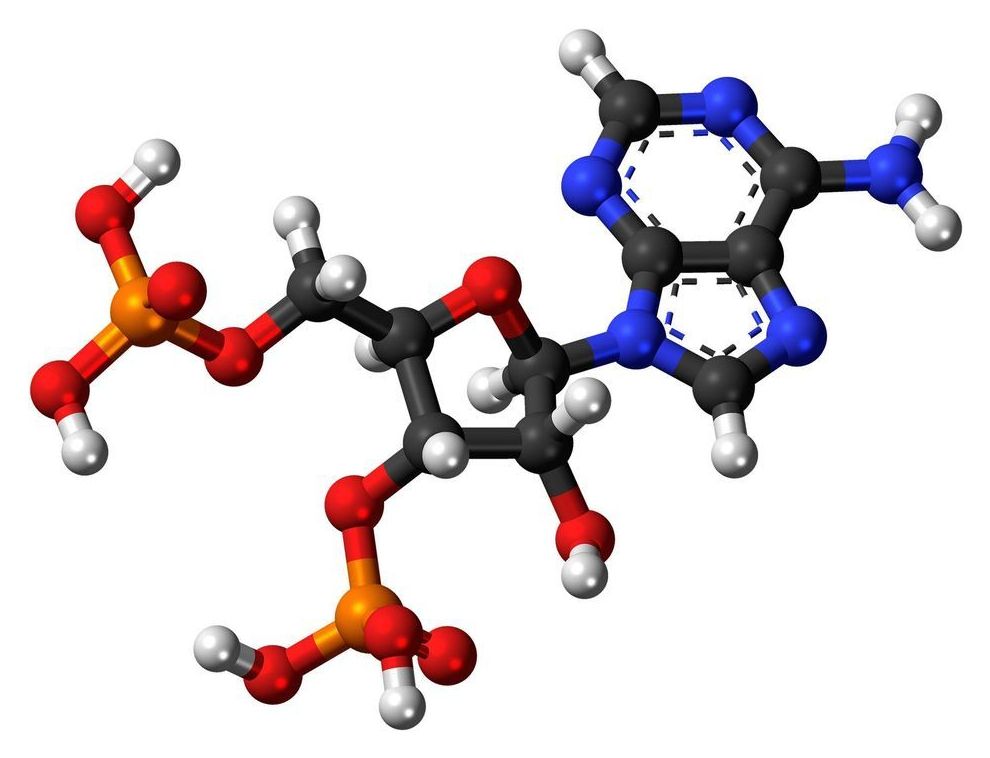Aug 13, 2020
New device delivers single cells in just one click
Posted by Genevieve Klien in categories: biotech/medical, robotics/AI
EPFL spin-off SEED Biosciences has developed a pipetting robot that can dispense individual cells one by one. Their innovation allows for enhanced reliability and traceability, and can save life-science researchers time and money.
The engineers at SEED Biosciences, an EPFL spin-off, have come up with a unique pipetting robot that can isolate single cells with the push of a button—without damaging the cells. Their device also records the cells’ electrical signature so that they can be traced. While this innovation may seem trivial, it can save researchers several weeks of precious time and speed up development work in pharmaceuticals, cancer treatments and personalized medicine. The company began marketing its device this year.

















